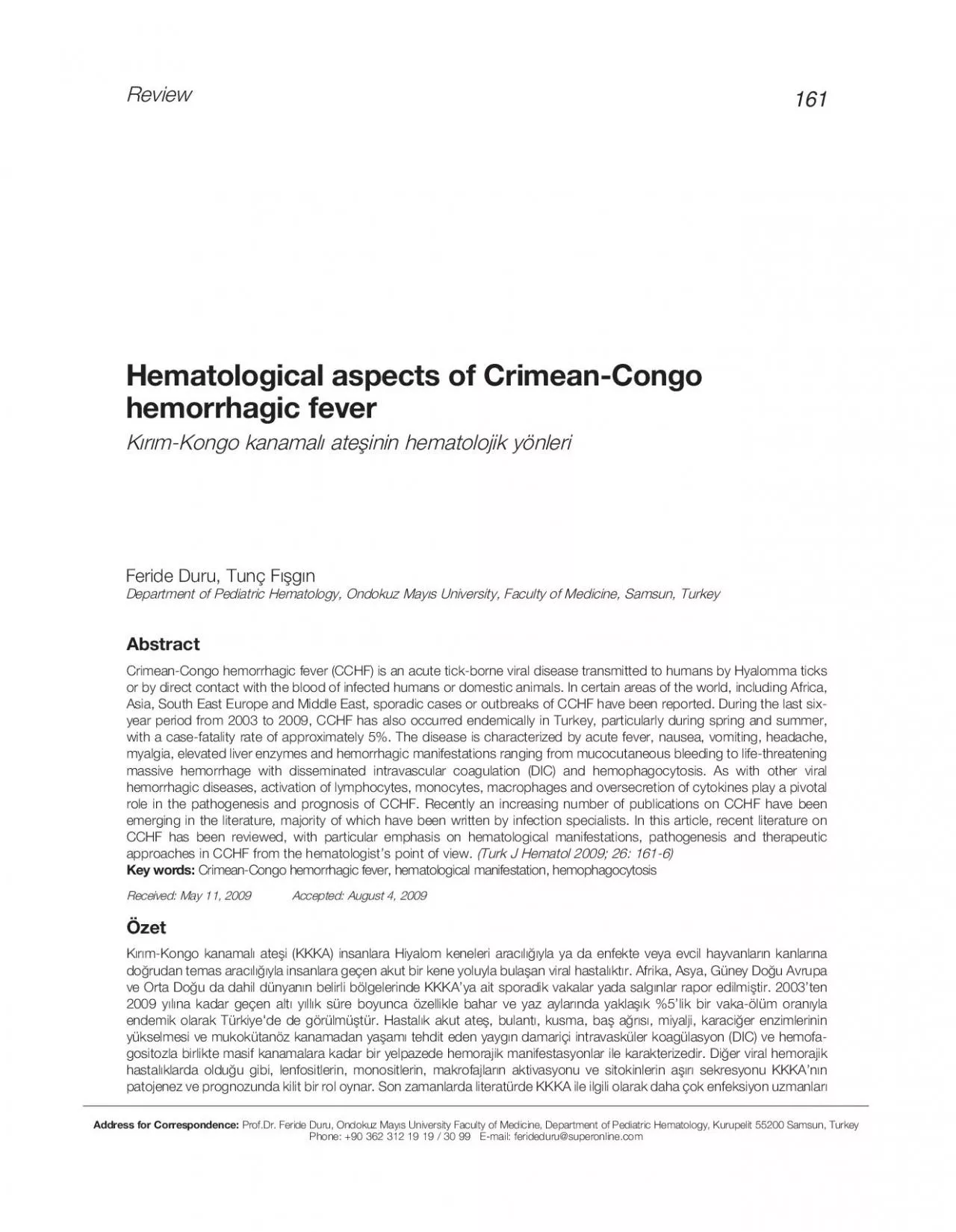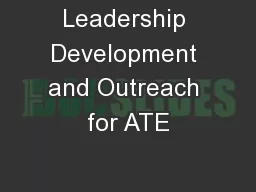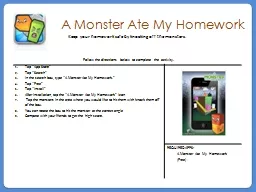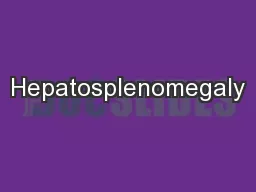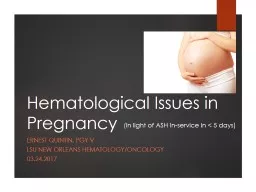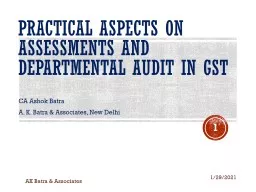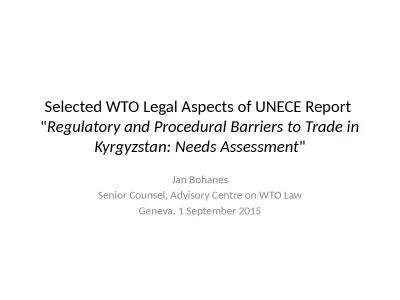PDF-Hematological aspects of CrimeanCongo ate
Author : emmy | Published Date : 2022-08-25
161Review endemic occurrence of the disease has been reported in some regions of Africa Asia southeastern Europe and the Middle East The estimated fatality rate
Presentation Embed Code
Download Presentation
Download Presentation The PPT/PDF document "Hematological aspects of CrimeanCongo a..." is the property of its rightful owner. Permission is granted to download and print the materials on this website for personal, non-commercial use only, and to display it on your personal computer provided you do not modify the materials and that you retain all copyright notices contained in the materials. By downloading content from our website, you accept the terms of this agreement.
Hematological aspects of CrimeanCongo ate: Transcript
Download Rules Of Document
"Hematological aspects of CrimeanCongo ate"The content belongs to its owner. You may download and print it for personal use, without modification, and keep all copyright notices. By downloading, you agree to these terms.
Related Documents

